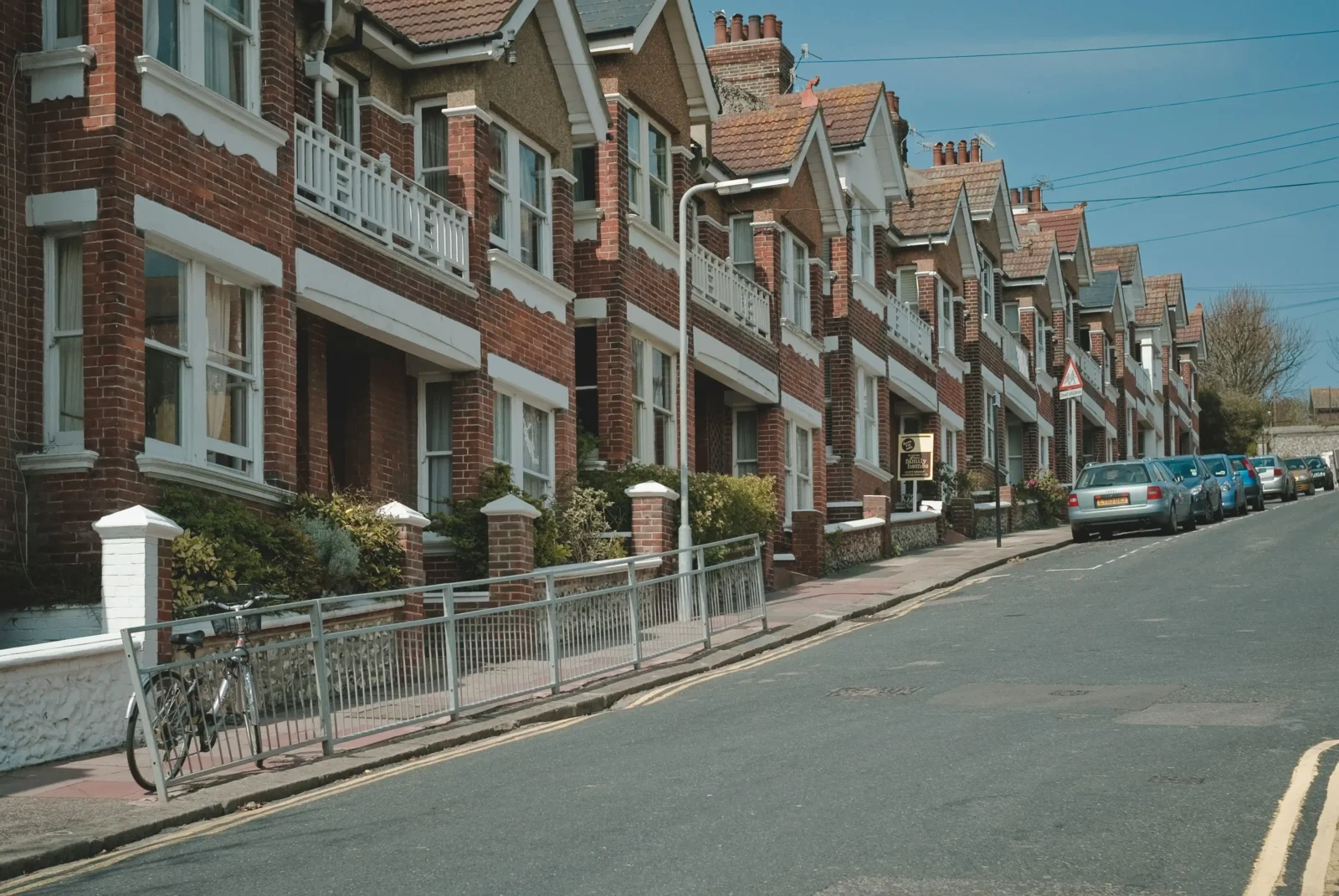- Home
- Articles
- Architectural Portfolio
- Architectral Presentation
- Inspirational Stories
- Architecture News
- Visualization
- BIM Industry
- Facade Design
- Parametric Design
- Career
- Landscape Architecture
- Construction
- Artificial Intelligence
- Sketching
- Design Softwares
- Diagrams
- Writing
- Architectural Tips
- Sustainability
- Courses
- Concept
- Technology
- History & Heritage
- Future of Architecture
- Guides & How-To
- Art & Culture
- Projects
- Interior Design
- Competitions
- Jobs
- Store
- Tools
- More
- Home
- Articles
- Architectural Portfolio
- Architectral Presentation
- Inspirational Stories
- Architecture News
- Visualization
- BIM Industry
- Facade Design
- Parametric Design
- Career
- Landscape Architecture
- Construction
- Artificial Intelligence
- Sketching
- Design Softwares
- Diagrams
- Writing
- Architectural Tips
- Sustainability
- Courses
- Concept
- Technology
- History & Heritage
- Future of Architecture
- Guides & How-To
- Art & Culture
- Projects
- Interior Design
- Competitions
- Jobs
- Store
- Tools
- More
How to Build Your Own House with LEGO Bricks: A Step-by-Step Guide

Building with LEGO bricks isn’t just child’s play; it’s a gateway to creativity and skill development. From a young age, children recognize the significance of a home, and what better way to explore this concept than by constructing their own with LEGO Classic Bricks and Houses? This set offers a delightful mix of models, including a family home, lighthouse, igloo, castle, small house, and windmill, making it perfect for budding builders aged 4 and up.
As kids dive into assembling these easy-to-build structures, they don’t just create fun models—they also hone essential skills that will benefit them for life. Simple instructions and engaging features, like the windmill’s turning sails, make the building process both quick and enjoyable. Plus, with extra bricks and pieces left over, there’s ample opportunity for children to let their imaginations run wild and design their dream homes.

Table of Contents
ToggleExploring Lego-Inspired Brick House Building
The Concept Behind Lego-style House Construction
Lego-inspired house construction uses interlocking blocks, similar to how we use Lego bricks for play. This concept transfers the simplicity and modularity of Lego building to real-world architecture. The primary material often includes blocks made from Oriented Strand Board (OSB) and Expanded Polystyrene (EPS) insulation. These materials ensure stability and high insulation efficiency.
Benefits of Using Interlocking Blocks for Buildings
Using interlocking blocks for building structures offers several advantages:
- Ease of Assembly: Interlocking blocks fit together without the need for complex machinery or skilled labor. This makes construction faster and more accessible.
- Structural Integrity: These blocks, tested for various environmental stresses such as earthquakes and hurricanes, provide robust structural integrity. For example, tested materials can withstand Category 5 storms.
- Sustainability: Materials like OSB and EPS are recyclable, contributing to environmentally friendly construction. They don’t require toxic jointing systems, reducing ecological impact.
- Cost Efficiency: The simplicity of assembly and reduced need for specialized labor lowers overall construction costs. It makes modern building techniques more affordable.
Interlocking blocks revolutionize how we approach small to large scale construction projects, mirroring the creativity and modularity found in Lego play.
Step-by-Step Guide to Building a House with Lego Bricks
Creating a Lego brick house combines fun and learning. Let’s walk through the steps to design and build your own Lego house.
Planning and Designing Your Structure
Begin by deciding on the scale and features of your Lego house. Sketch your design on graph paper to get a visual representation. This helps in determining the exact pieces you’ll need for the project. Think about including doors, windows, and a roof.
Laying the Foundation and Assembling Walls
Start with a solid base using large plates. We usually use two 6 x 12 plates for stability. Secure the plates together by overlapping smaller plates across the joints. Then, outline the house using smaller bricks or plates. Build up the walls by stacking bricks, ensuring each layer overlaps the joints below for added strength. For windows and doors, leave gaps or use specialized pieces. Consistently check your structure with a level tool to avoid leaning walls.
Tips for Erecting Roofs and Applying Finishes
Roofs can be challenging but rewarding. Choose sloped bricks for a realistic look. Align the roof pieces from the edges inward, ensuring they interlock firmly. To add finishing touches, use flat tiles for a clean look on exposed surfaces. Consider including decorative elements like garden pieces or mini-figures to personalize your house.

Costs and Timeframes
Building a house out of LEGO bricks can be both exciting and challenging. Understanding the costs and timeframes involved is crucial for successful project execution.
Estimating the Cost of Materials and Labor
Estimating the cost of materials is the first step in our LEGO house project. Different types of LEGO bricks and elements have varying prices based on size, color, and rarity. We found that rare colors like medium nougat tend to cost more. Standard bricks, such as 2×4 or 1×1, are generally more affordable and widely available. Other specific bricks and tiles, like 1×2 tiles for doors and 2×3 slope bricks for the porch, add to the overall cost.
Labor costs largely depend on the complexity and scale of the project. If we handle the construction ourselves, labor costs are minimal beyond our time and effort. However, hiring expert LEGO designers or builders would increase labor expenses proportionally. For a small-scale project, we might estimate materials costing around $100 to $300, and if hiring labor, an additional $200 to $500.
Understanding the Time Needed for Completion
The timeframe for building our LEGO house can vary significantly based on the design’s intricacy and our building proficiency. Simpler designs, like one-story houses, can usually be completed over a weekend. For a more elaborate structure with multiple stories, landscaping, and detailed interiors, the project may extend over several weeks.
Dedication and time management are vital. We break the project into manageable phases, from planning and designing to laying the foundation, assembling walls, and roofing. By allocating specific time slots for each task, we ensure steady progress without feeling overwhelmed. A straightforward one-story build might take 10 to 20 hours, while a complex multi-story project with detailed landscaping could require 40 to 80 hours or more.

Common Challenges and Solutions
Building a LEGO brick house presents unique challenges. We address these issues with practical solutions, ensuring an enjoyable and successful construction process.
Handling Structural Stability Issues
Structural stability is crucial when building a LEGO house. Weak connections can compromise integrity. To enhance stability:
- Use Larger Baseplates: Bigger baseplates (e.g., 6×12 plates) create a solid foundation.
- Incorporate Support Beams: Strengthen walls with vertical and horizontal beams using Technic bricks.
- Distribute Weight Evenly: Ensure weight is balanced, especially for multi-story structures.
When we use larger baseplates and support beams, stability significantly improves, making the structure more resilient.
Addressing Weatherproofing Concerns
Incorporating weatherproofing ensures the durability and longevity of a LEGO house, especially in environments exposed to moisture or temperature variations. Although LEGO bricks are sturdy, adding extra protection helps:
- Seal Joints and Connections: We can use silicone sealant at joints to prevent water ingress.
- Use Waterproof Paint: Applying a waterproof coating on the exterior can add a layer of protection.
- Elevate Foundations: Raising the initial base and using plates can help prevent ground moisture from affecting the structure.
By sealing joints and applying waterproof coatings, we safeguard our LEGO houses against weather-related damage.

Conclusion
Building a LEGO brick house offers numerous benefits, including the enhancement of creativity, problem-solving skills, and fine motor abilities. We’ve shown the practical steps involved in planning and designing, laying the foundation, assembling walls, and adding personalized finishes to your structure. Using LEGO bricks, children and adults alike can indulge in a fun, educational activity that results in a tangible, creative project.
One of the key takeaways is the importance of planning. Proper planning ensures that the construction process flows smoothly. Sketching the design on graph paper, understanding the materials needed, and preparing a step-by-step construction plan are crucial steps toward successful building.
We’ve also emphasized the structural integrity of the LEGO brick design. Using larger baseplates enhances stability. Incorporating support beams and strategically distributing weight ensures the constructed house is steady.
Weatherproofing techniques have been highlighted as well. Sealing joints, applying waterproof paint, and elevating foundations protect the LEGO house from moisture and temperature variations. These steps extend the longevity of your creation, ensuring it remains in good condition regardless of environmental conditions.
Factor in the costs and timeframes involved in building a LEGO house. Estimating material and labor costs, and understanding the project’s complexity, helps manage expectations. Labor costs, design intricacy, and building proficiency significantly influence the overall budget and timeline.
Addressing common challenges such as structural stability and weatherproofing, we provided practical solutions to enhance the durability and safety of LEGO houses. Employing these strategies ensures a robust and enduring construction outcome.
Incorporating these insights into the process not only makes the building activity more enjoyable but also results in a well-constructed, durable LEGO brick house.
- build LEGO house
- build your own LEGO house
- building LEGO homes
- creating LEGO buildings
- DIY LEGO architecture
- DIY LEGO construction
- DIY LEGO house
- DIY LEGO projects
- how to build with LEGO
- how to use LEGO bricks
- LEGO architecture
- LEGO architecture guide
- LEGO brick construction
- LEGO bricks guide
- LEGO builder guide
- LEGO building instructions
- LEGO building techniques
- LEGO building tips
- LEGO building tutorial
- LEGO construction tutorial
- LEGO home building tips
- LEGO home construction
- LEGO home design
- LEGO house building guide
- LEGO house plans
- LEGO house project
- step-by-step LEGO house
3 Comments
Submit your architectural projects
Follow these steps for submission your project. Submission FormLatest Posts
10 Interesting Facts About Zaha Hadid
Zaha Hadid was a visionary architect whose fluid forms, bold experimentation, and...
Online 3D Terrain Mapping Tools for Urban and Landscape Design in 2025
A curated guide to the best online 3D terrain mapping tools in...
Common Emergency Repairs Every Homeowner Should Be Ready For
For most of us, when something goes wrong, we have a propensity...
Designing, Retrofitting, and Valuing Non-Standard Homes in Britain
Britain’s housing stock carries a quiet contradiction. From the street, many homes...












This article is okay. I like LEGO but never thought about building houses with them.
It was interesting to read about using LEGO for construction. I didn’t know they could be so useful.
The tips for building with LEGO are simple and clear. I might try making something small.